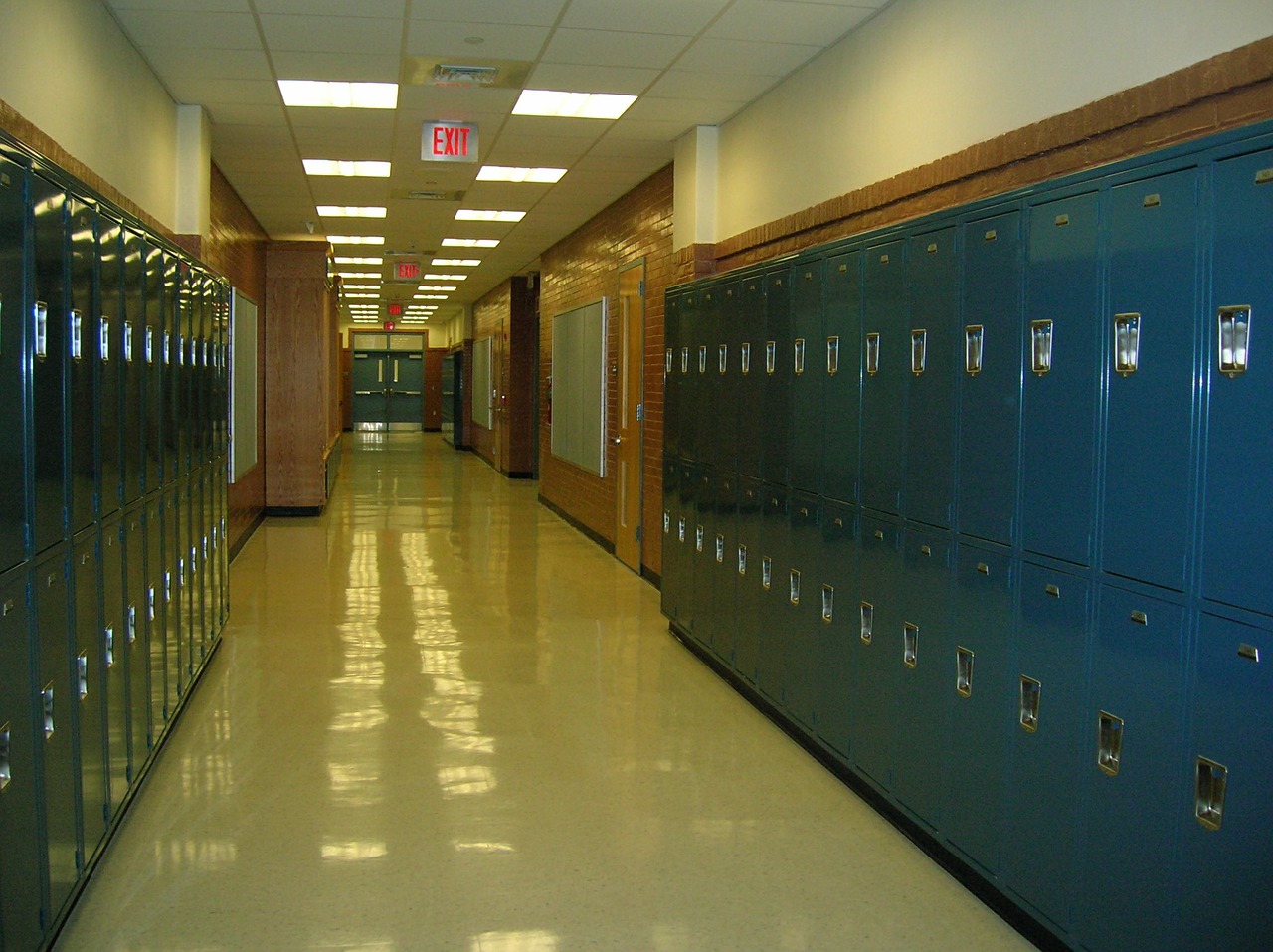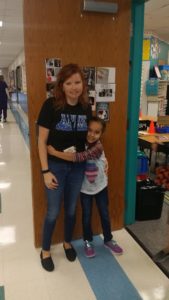
Have you ever walked down the hall in a high school and seen a teenager with his pants hanging low and a cap on his head? Have you witnessed one teacher ask the student to pull up his pants and take off the cap, and he walks by as if he has not heard the teacher’s request? Keep watching! The student continues to walk, and another teacher makes the same request. “Pull up your pants and take off your cap!” This time the student complies.
What made the difference? It was the relationship the student had with the second teacher that he did not have with the first. Relationships are everything to classroom management.
Teachers have told me that their students don’t really have to like them. It is only important that students respect them. Guess what! According to brain research, students must both like and respect you! Think back to a teacher in your educational career that you did not like. No doubt, you will never forget the experience of being in his or her room. You will not, however, remember much of the content he or she taught. As you were sitting in the room, your brain may have been in survival mode. This means that the higher-level thought processes of the brain may have given way to the fight-or-flight response that occurs when one is threatened.
If you have a relationship with students and they misbehave, they are truly sorry because they have disappointed you. If you have no relationship, they don’t really care whether they disappoint your or not.
What the Research Says
One of the main reasons that people engage in activities that they care little about is the value placed on that activity by a person with whom they have a relationship (Jabari, 2013).
“Remember you are the alpha (leader) in the classroom. Be friendly without being a child with the children (or teenager with teens)” (Cooper & Garner, 2012, p. 43).
As relationships matter when attempting to teach human beings, a person may not be able to perform as well when he or she does not feel safe with a teacher or a boss (Medina, 2008).
Make It Happen
- Relationships can begin at the door. It is at the door of the classroom where you can ask students how their weekend was, ask whether they won their game, or compliment them on a new hair style. I am at the door each time I teach my classes for adults. It is amazing how many times my participants have commented that they have been teaching between 10 and 25 years, and this is the first time the presenter has ever been at the door. What a difference they say it makes to them! I have already begun to develop my relationships before the class even starts.

- Harry Wong and I were once presenting at a conference in Canada. In a keynote speech, I heard Wong say that not only should the teacher be at the door, but one student should be standing there with the teacher to greet the class. One student greets the class for one week and then another student for the next week until every student has had an opportunity to greet the class. He related that, in schools that are doing this, bullying is decreasing significantly. It is very difficult to bully someone who has greeted you for an entire week!
- Allow your students to know something about you personally. This could include in which cities you have lived, schools you have attended, whether you have a spouse or children, your likes and dislikes, and so on. When I teach my math class, I turn facts about my personal life into a math word problem that teachers are only too happy to solve. By the way, developing a relationship with a student does not mean becoming his or her buddy or friend. You are the professional in the classroom and should always remain such.
For more examples of how to develop a relationship with each student, consult the 2nd edition of my best-selling book, Shouting Won’t Grow Dendrites.